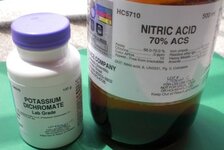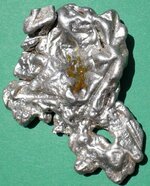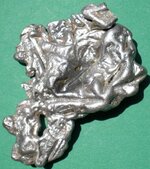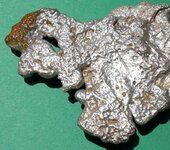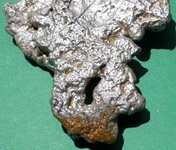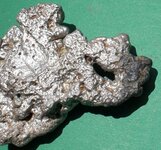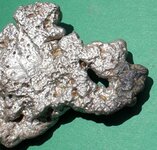IronSpike
Silver Member
My friend found this unusual piece of silver (It weighs 2.2 oz).
Looks like silver to me The test kit is in route.
The test kit is in route.
IMO a very unusual piece. Could it have been spills from silver smiting? Maybe looted silver melted down for easier carry/transport?
Then again I have a good imagination and can see all sorts of design in the piece
What's your thought?
Looks like silver to me
IMO a very unusual piece. Could it have been spills from silver smiting? Maybe looted silver melted down for easier carry/transport?
Then again I have a good imagination and can see all sorts of design in the piece

What's your thought?


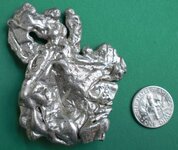
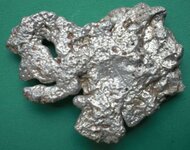
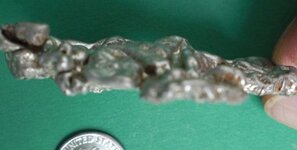

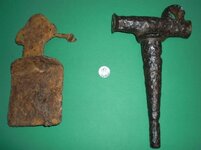
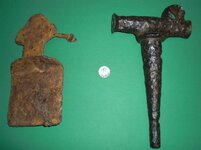
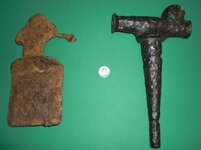
 Any thoughts?
Any thoughts?